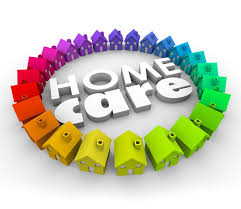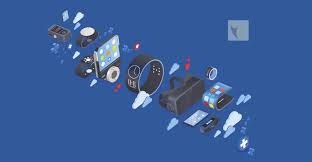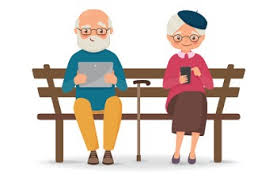Older adults can save tens of thousands of dollars annually by choosing assisted living communities over aging in place in their homes.
Unlike point solutions, Inspiren unifies resident safety, care planning, staffing, and emergency response into a single AI-powered platform.
An artificial intelligence-powered virtual assistant platform for senior living and care providers.

 The home care market is (still) a booming business opportunity. Home care of various types now augments and even enhances services that not long ago may have been provided by senior housing. Pre-pandemic forecasts indicate 34% annual job growth from 2019-2029, much faster than average, and demand has no doubt been exacerbated during 2020. Home care workers are also among the lowest paying and least trained occupations. Frail patients, according to insiders, are increasingly being discharged from hospitals directly to home, bypassing rehab nursing homes. At home, these individuals likely still require assistance with activities of dressing, bathing, medication management, food preparation and household tasks. And many already at home and in assisted living need the same care.
The home care market is (still) a booming business opportunity. Home care of various types now augments and even enhances services that not long ago may have been provided by senior housing. Pre-pandemic forecasts indicate 34% annual job growth from 2019-2029, much faster than average, and demand has no doubt been exacerbated during 2020. Home care workers are also among the lowest paying and least trained occupations. Frail patients, according to insiders, are increasingly being discharged from hospitals directly to home, bypassing rehab nursing homes. At home, these individuals likely still require assistance with activities of dressing, bathing, medication management, food preparation and household tasks. And many already at home and in assisted living need the same care. The watch changed the landscape for wearables.
The watch changed the landscape for wearables.  More programs are emerging to get older adults to tech parity. Maybe 2020 was the tipping point and 2021 is the year. The first eye-opener was the
More programs are emerging to get older adults to tech parity. Maybe 2020 was the tipping point and 2021 is the year. The first eye-opener was the  Aging in place – it’s emerged (again) during these Covid-19 times. Déjà vu all over again. But ‘aging in place’ is still a challenge and maybe a pipe dream for seniors in their late 70’s or 80’s. Consider a few issues for starters: chronic health conditions, mobility limitations, stairs, snow/ice, driving, dangerous hills for walking, cognitive issues, and social isolation. You get the idea. Then there is the cost of 24x7 home care, same as assisted living (which is $67K/year in Massachusetts, for example) or even
Aging in place – it’s emerged (again) during these Covid-19 times. Déjà vu all over again. But ‘aging in place’ is still a challenge and maybe a pipe dream for seniors in their late 70’s or 80’s. Consider a few issues for starters: chronic health conditions, mobility limitations, stairs, snow/ice, driving, dangerous hills for walking, cognitive issues, and social isolation. You get the idea. Then there is the cost of 24x7 home care, same as assisted living (which is $67K/year in Massachusetts, for example) or even  Time for the Market Overview Technology for Aging 2021
Time for the Market Overview Technology for Aging 2021